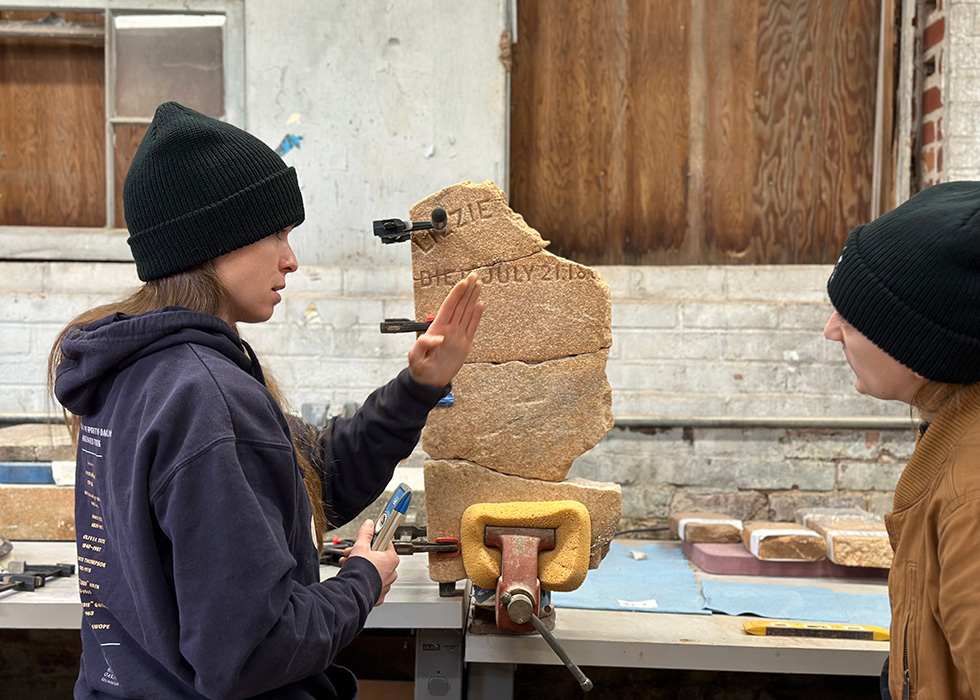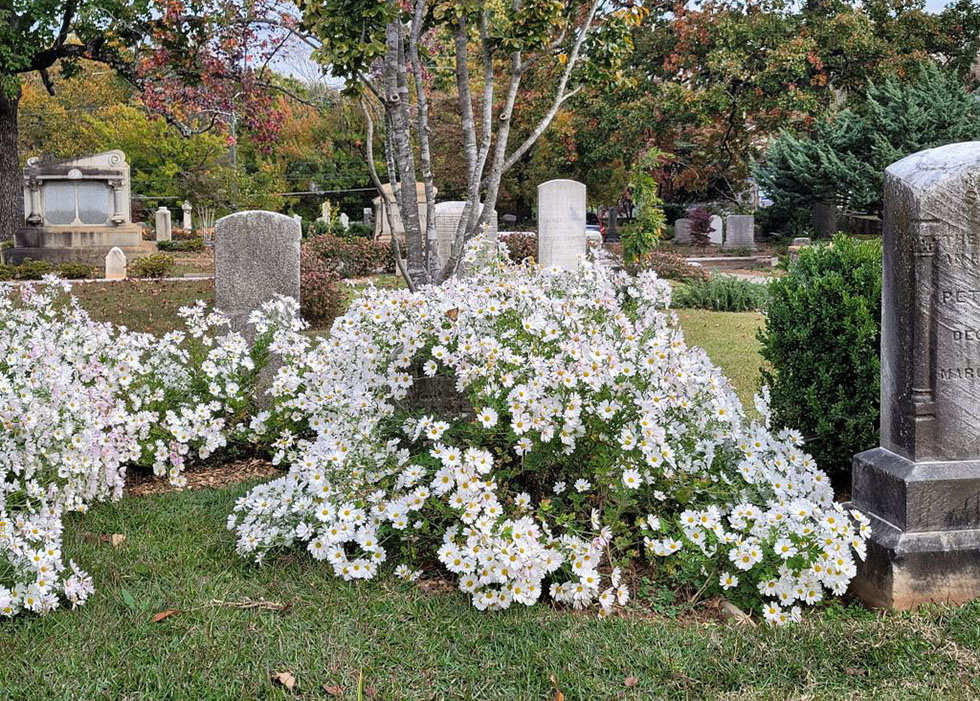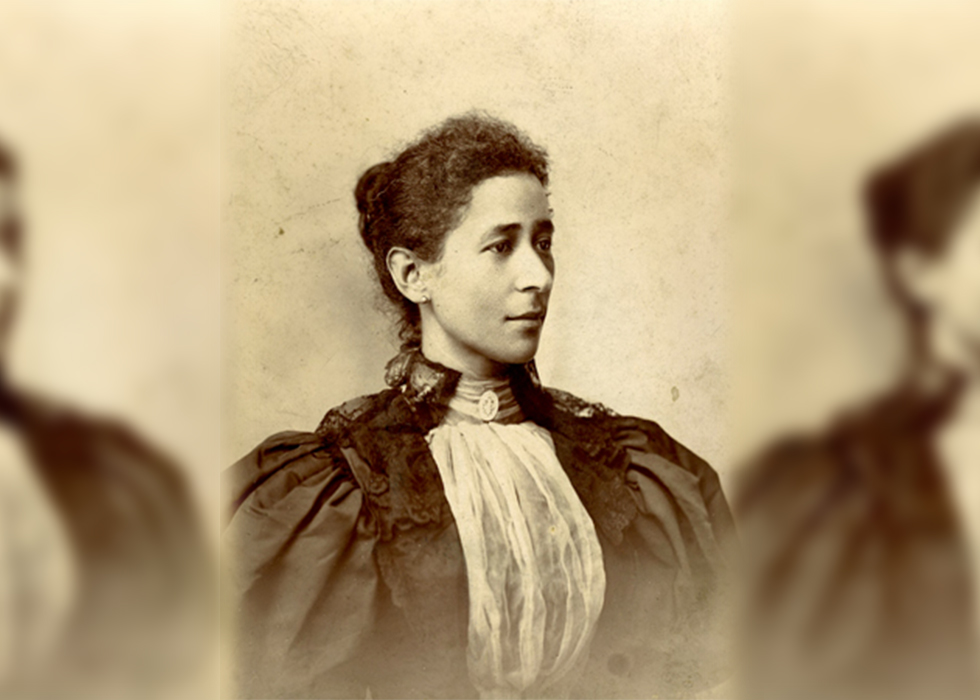
Resident Spotlight: Marion Kiser and the Kiser Mausoleum
From Classical temples to miniature Gothic churches, the 50+ mausoleums that dot Oakland’s landscape can make the cemetery seem more like an outdoor art gallery than a graveyard. These large, above-ground burial chambers hold the remains of hundreds of Atlanta citizens who number among the city’s wealthiest elite. Many are noted for their architectural styles, symbolism, stained glass, and eclectic touches.

One of the most visited mausoleums at Oakland is also one of the oldest – the Kiser Mausoleum. Constructed in 1873, this Romanesque Revival-style mausoleum catches the eye with its rock-faced granite exterior and coursed ashlar masonry.
Marion Columbus Kiser, the patriarch of the Kiser family, was born in Campbell County (now Fulton) in 1830. He began his career as an apprentice in a dry good store owned by his older brother Wiley. Despite his limited education, Kiser proved to have a strong head for business and a natural charm perfect for sales. After the Civil War, Kiser opened his own wholesale business in Atlanta with another brother, John Franklin. Located at the corner of Pryor and Wall Streets, the M.C. and J.F Kiser Company became a successful wholesale dry goods store.
Kiser turned his sights to real estate and invested in developments around the city. He built two buildings on Pryor Street, the Kiser Building and the Marion Hotel. Constructed in 1890, the eight-story Kiser Law Building primarily housed law offices until it was demolished in 1936. In 1893, Kiser opened the Marion Hotel at 97 Pryor Street. The Romanesque-style hotel served guests for 58 years and was demolished in 1951.
Marion Kiser married three times. His first wife, Octavia, died in 1873 at age 34. He remarried 19-year-old Hessie Scott, who also passed away in her mid-30s. Kiser visited Oakland one day to pay his respects to both former wives interred within the Kiser Mausoleum. There, he met Sarah Turner Ivy. Ivy, a widow, was visiting the grave of her deceased husband, Michael. Love blossomed that day in the cemetery. Kiser and Ivy began courting and he soon proposed marriage. She accepted his proposal with one condition. Ivy made it clear that she could not abandon her first husband to rest alone for eternity. She would not share the mausoleum with Kiser’s first two wives unless Michael was also there. Kiser agreed and moved Michael Ivy’s remains to the Kiser Mausoleum. Marion Kiser died in 1893. He rests inside the mausoleum with his three wives, Michael Ivy, and several other family members.

The family lot contains other memorials for Kiser family members. The monument topped with the angel Gabriel was dedicated to Kiser’s brother and business partner, John, who died in 1882. Another monument honors Kiser’s beloved son, Eddie, who died at age 18. Eddie’s monument is covered with symbols: an anchor (hope), a tree stump (a life cut short), a rock base (a life built on a firm foundation), a cross (Christianity), and ivy (abiding memory).



